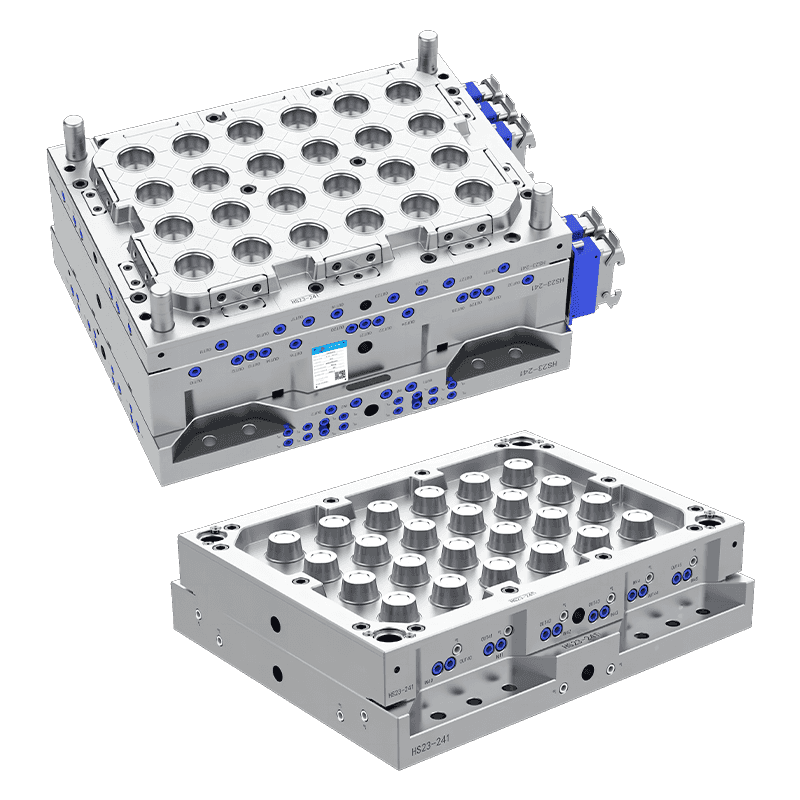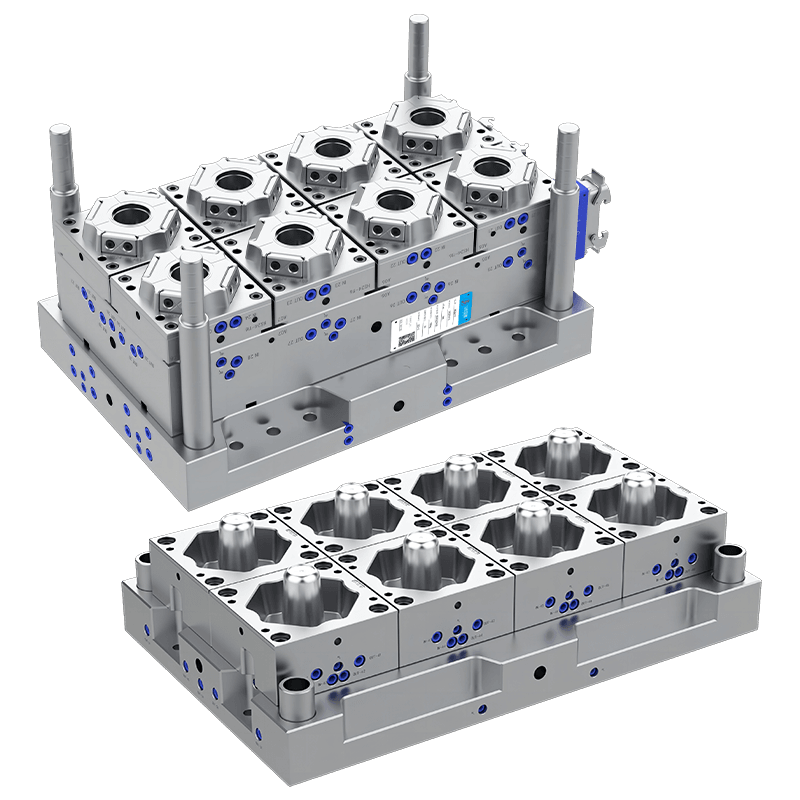Mastering Precision and Cost-Efficiency in Plastic Injection Molding
Plastic injection molding is a widely utilized manufacturing process that shapes molten plastic into precise and complex parts. The effectiveness of this method hinges on achieving high precision and maintaining cost efficiency.
How High Precision Plastic Injection Molding is Achieved
High precision in plastic injection molding is essential for producing components with exact dimensions and high quality. Several key factors contribute to this precision.
Tooling and Mold Design: The foundation of high-precision molding starts with meticulous mold design. Precision-engineered molds are crafted using advanced computer-aided design (CAD) software. This design process ensures that every detail is accounted for, from cavity dimensions to cooling channels. High-quality mold materials, such as hardened steel or aluminum, are selected to withstand the pressures of injection molding and maintain dimensional stability over time.
Machine Calibration and Maintenance: The injection molding machines used in the process must be calibrated to exact specifications. Machine calibration involves setting the correct temperature, pressure, and injection speed to match the requirements of the mold and material. Regular maintenance and calibration ensure that the machines operate within tight tolerances, reducing the risk of defects and deviations.
Material Selection: The choice of plastic material plays a critical role in precision molding. Different plastics have varying flow characteristics, shrinkage rates, and thermal properties. Selecting the appropriate material that aligns with the mold design and end-use requirements is crucial. Additionally, controlling material temperature and flow during injection helps in achieving consistent results.
By focusing on these factors, manufacturers can achieve high precision in plastic injection molding, resulting in parts that meet stringent quality standards and perform reliably in their intended applications.
The Significance of Low-Cost Plastic Injection Molding
While precision is vital, cost-efficiency is equally important in plastic injection molding, especially for large-scale production runs. Low-cost molding solutions have several significant benefits:
Economic Viability: Low-cost plastic injection molding makes it feasible for companies to produce large quantities of parts without incurring prohibitive costs. This is particularly beneficial for industries where high-volume production is required, such as automotive, consumer goods, and electronics. By reducing the cost per unit, manufacturers can offer competitive prices and improve their profit margins.
Accessibility for Small Businesses: For small and medium-sized enterprises (SMEs) and startups, cost-effective molding solutions provide access to high-quality manufacturing without the need for substantial capital investment. This enables smaller players to compete with larger companies and bring innovative products to market.
Material and Energy Savings: Low-cost molding often involves optimizing material usage and reducing energy consumption. Advanced molding techniques and improvements in machine efficiency can bring about significant savings in raw materials and energy costs. This not only lowers production costs but also contributes to environmental sustainability.
Tooling and Process Optimization: Investment in efficient tooling and process optimization can significantly reduce costs. For example, using high-quality, durable molds that require less frequent maintenance or replacement can decrease downtime and associated costs. Streamlining the molding process through automation and improved techniques also contributes to overall cost savings.
Reduced Waste and Defects: Cost-effective molding techniques often incorporate measures to waste and defects. This includes optimizing the molding parameters to reduce the likelihood of defective parts and implementing efficient post-processing methods to salvage and reuse material. By reducing waste and improving yield, manufacturers can lower production costs and enhance overall profitability.
Contact Us
Email: [email protected]; Or fill out the contact form below.

 English
English 中文简体
中文简体 русский
русский Español
Español Français
Français




